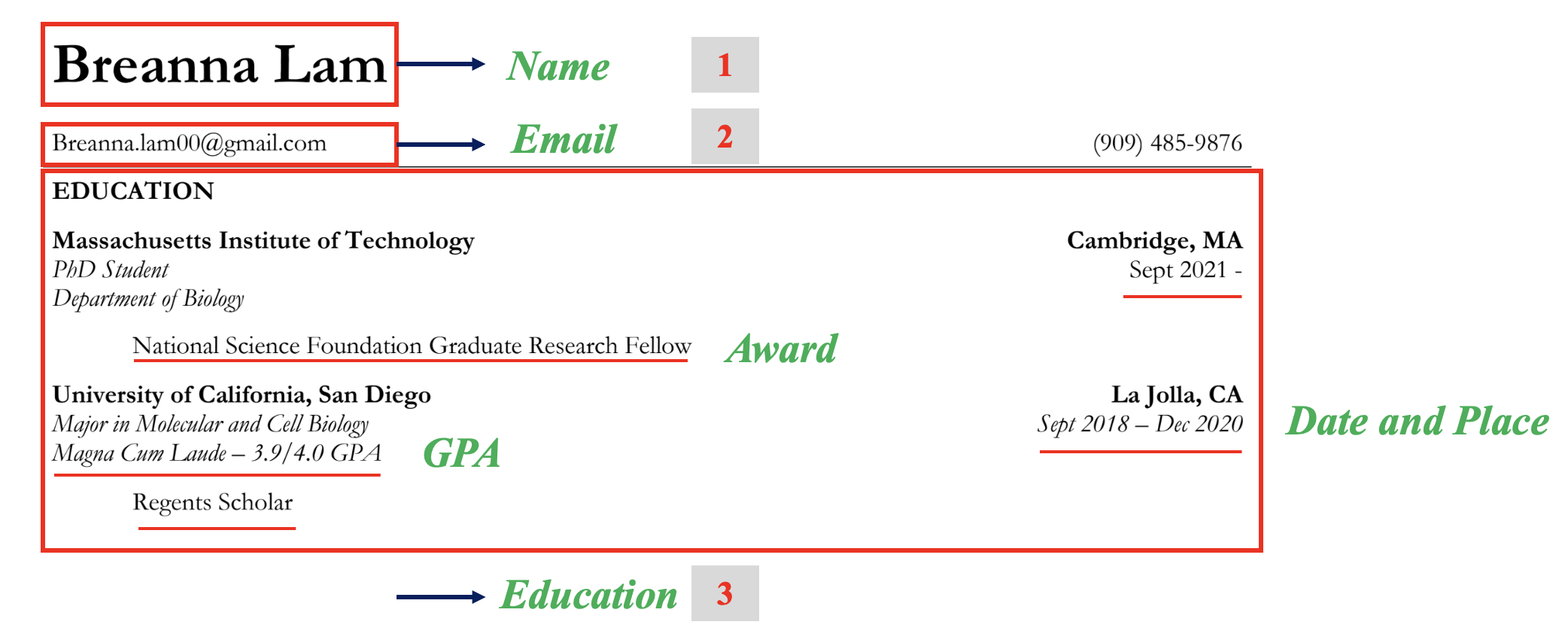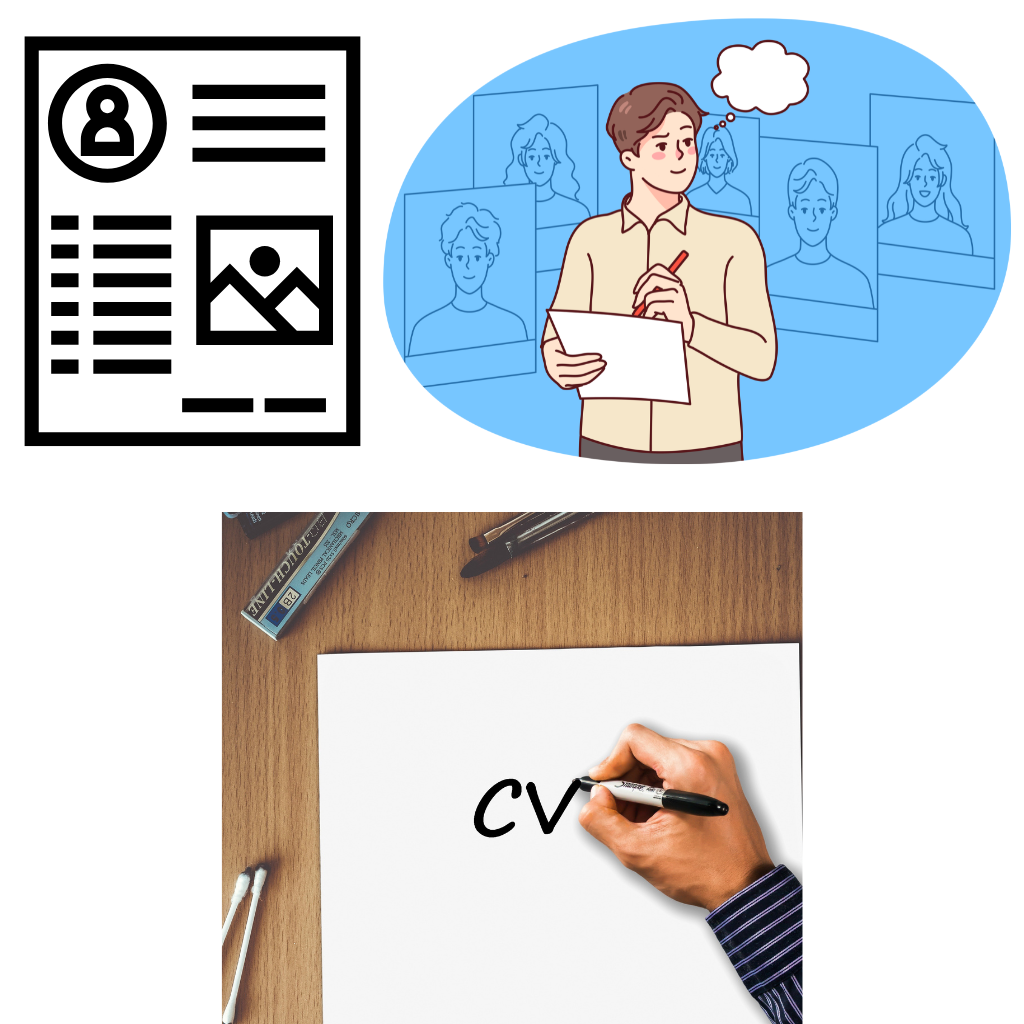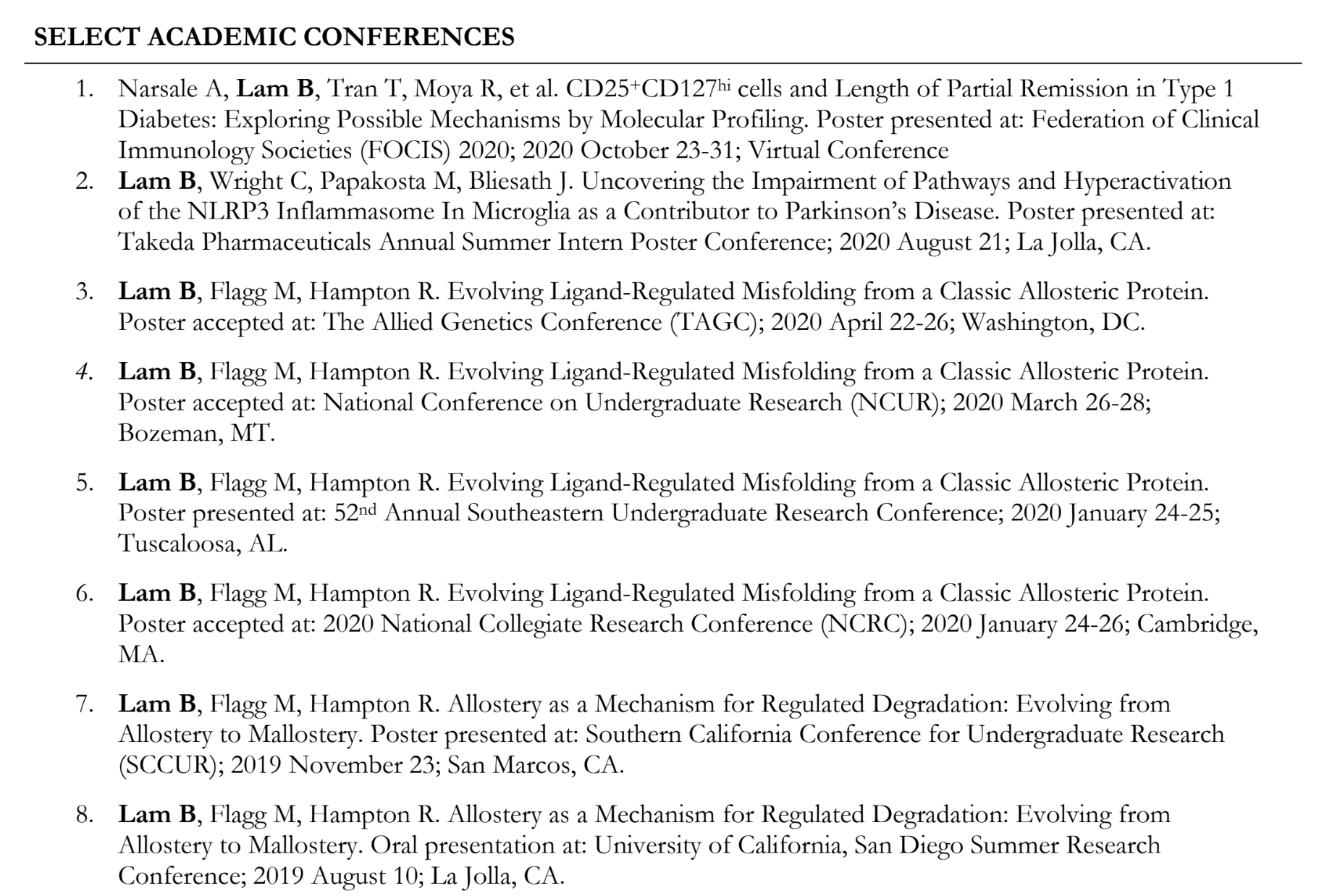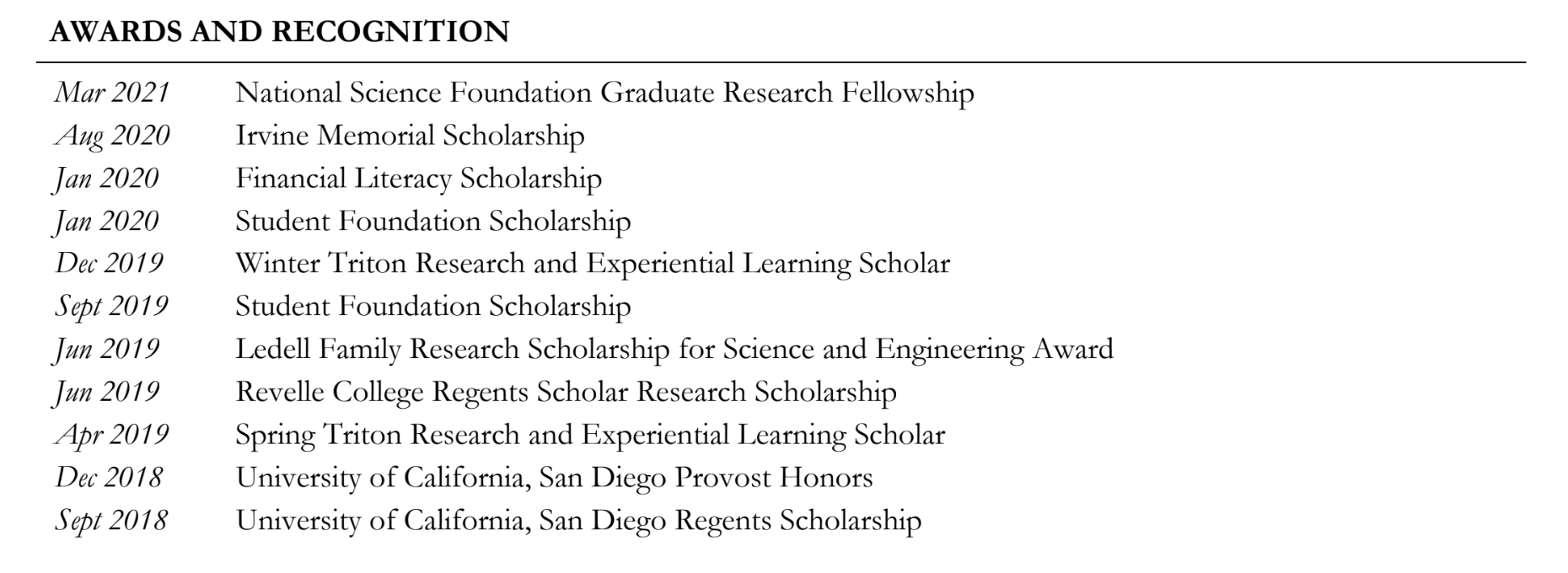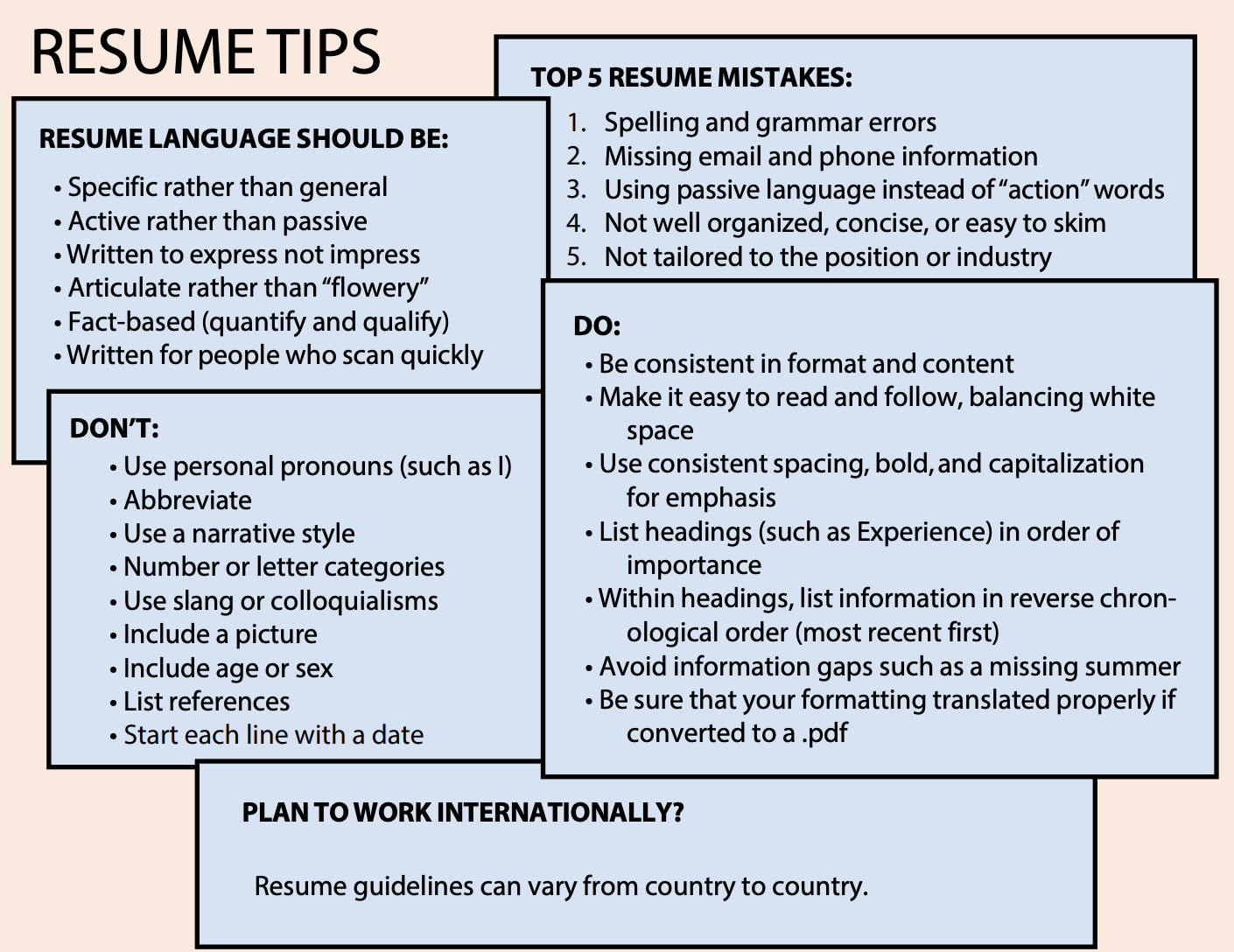Writing a compelling CV can indeed be perceived differently by individuals, and the difference lies in various factors. While there may not be a clear-cut formula, the challenge often stems from language, layout complexities, and the ability to showcase one’s experiences effectively.
Crafting an exceptional CV holds immense importance in higher study applications and job opportunities. A well-presented CV can instantly capture the attention of potential employers or program coordinators, opening doors to exciting opportunities.
Research suggests that a mere 10 seconds is all it takes for someone to form an impression of your CV. During this brief window, you must showcase key elements that will capture the target person’s attention, be it a professor, program coordinator, or potential collaborator. So, what are the things you want to show your target person in 10 seconds? Think about it before copying the layout of a CV from the internet.
THINK HARD!! It’s important.
Before lecturing on the Do’s and Don’ts, let’s focus on a CV that I followed during my masters, all the internship searches, and PhD applications. While reading this blog, keep in mind that I am talking about only academic resumes or CVs.
In your CV, the first three things you should include are your Name, Email (and optionally, Phone number), and your Education. Your Name should be bold and in a bigger font size to stand out, while your email should be as formal as possible. In the Education section, put the current or most recent one at the top with the proper date, location, and necessary information (department, diploma). Like Lam, you can provide your academic CGPA (position), and Awards with respect to education.
If you provide these three sections correctly, it will create instant attraction to the reader (whoever reads your CV).
